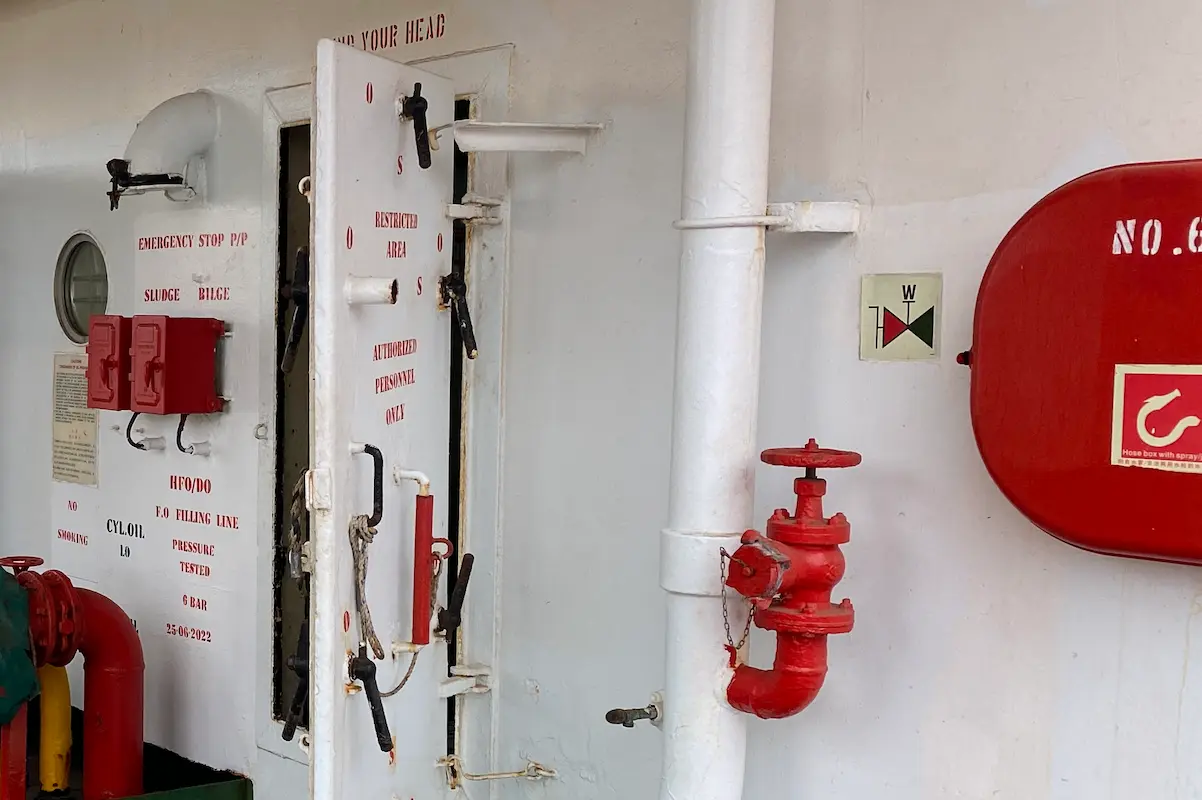Fishing is a beloved pastime for many people, but it can be a challenging sport to master. One of the most important factors for success is having the right equipment, and a trolling motor is a game-changer.
Whether you’re a seasoned angler or a novice, a trolling motor can make all the difference in your fishing experience. In this article, we’ll take a closer look at trolling motors, their benefits, and how to choose and maintain the right one for your needs. Let’s dive in and learn more about this essential tool for any fishing trip.
A trolling motor is an electric or gas-powered motor that is attached to the bow or stern of a boat and used for slow, controlled movement while fishing. Unlike the main engine of a boat, a trolling motor is designed to provide precise speed and directional control without disturbing the water or scaring away fish.

The history of trolling motors dates back to the early 1900s when gas-powered motors were first used to navigate through shallow water. However, it wasn’t until the 1930s that electric trolling motors were developed and became popular among anglers. Since then, trolling motors have continued to evolve, with advances in technology improving their performance and functionality.
Today, trolling motors are an essential tool for fishing enthusiasts. They allow anglers to navigate quietly and efficiently through shallow waters, around rocks and other obstacles, and in tight spaces where traditional propulsion systems would be ineffective. Trolling motors also help anglers to maintain a consistent speed and direction, which can be critical for successful fishing.
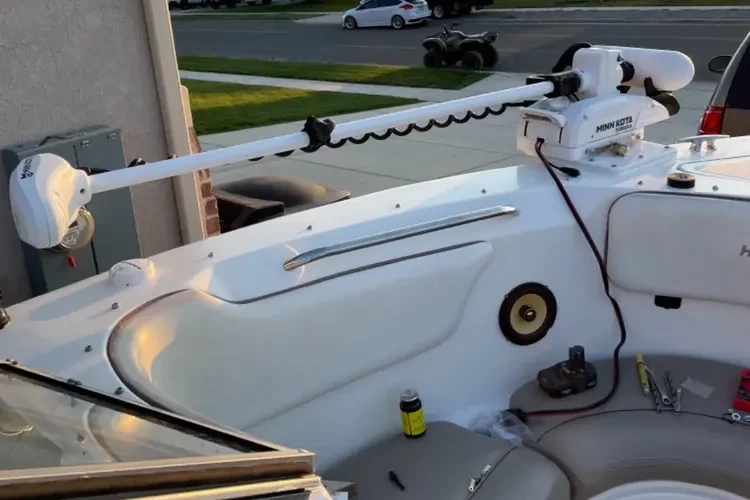
Types of Trolling Motors
There are two main types of trolling motors: electric and gas-powered. Each has its own unique advantages and disadvantages, and the best choice for you will depend on your individual needs and preferences. Let’s take a closer look at each type to help you make an informed decision.
Electric Trolling Motors
Electric trolling motors are the most common type of trolling motor and are powered by batteries. They are typically quieter, more efficient, and easier to control than gas-powered motors. They also emit zero emissions, making them more environmentally friendly. Electric trolling motors come in a range of thrust options, which determine the power and speed of the motor. They can be controlled with a foot pedal or a handheld remote, which allows for hands-free operation.
Gas-Powered Trolling Motors
Gas-powered trolling motors are less common than electric motors and are powered by gasoline. They offer more power and speed than electric motors, making them a good choice for larger boats or when trolling in strong currents. Gas-powered trolling motors also have longer run times than electric motors, which is an important consideration for longer fishing trips.
However, they are typically louder and less environmentally friendly than electric motors. They are also more complex to operate and maintain and require regular refueling and oil changes.
Differences Between The Two Types Of Motors
Here are some key differences between electric and gas-powered trolling motors:
- Power and Speed: Gas-powered trolling motors generally offer more power and speed than electric motors, which makes them a better choice for larger boats or when trolling in strong currents. Electric trolling motors are typically more suitable for smaller boats or for fishing in calmer waters.
- Noise: Electric trolling motors are generally quieter than gas-powered motors, which can be an important consideration for fishing. The quieter operation of electric motors can help reduce disturbance in the water and avoid scaring off fish.
- Control: Both electric and gas-powered trolling motors offer various control options, including foot pedals and handheld remotes. However, electric trolling motors tend to offer more precise and responsive control, which is important for maintaining a steady speed and direction while fishing.
- Maintenance: Gas-powered trolling motors require more maintenance than electric motors. They need to be regularly serviced, including oil changes and fuel system maintenance. Electric motors, on the other hand, require less maintenance and have fewer components that need to be serviced.
- Environment: Electric trolling motors are more environmentally friendly than gas-powered motors since they don’t emit any pollutants into the water. Gas-powered motors, on the other hand, produce exhaust and other pollutants that can harm aquatic life and contribute to water pollution.
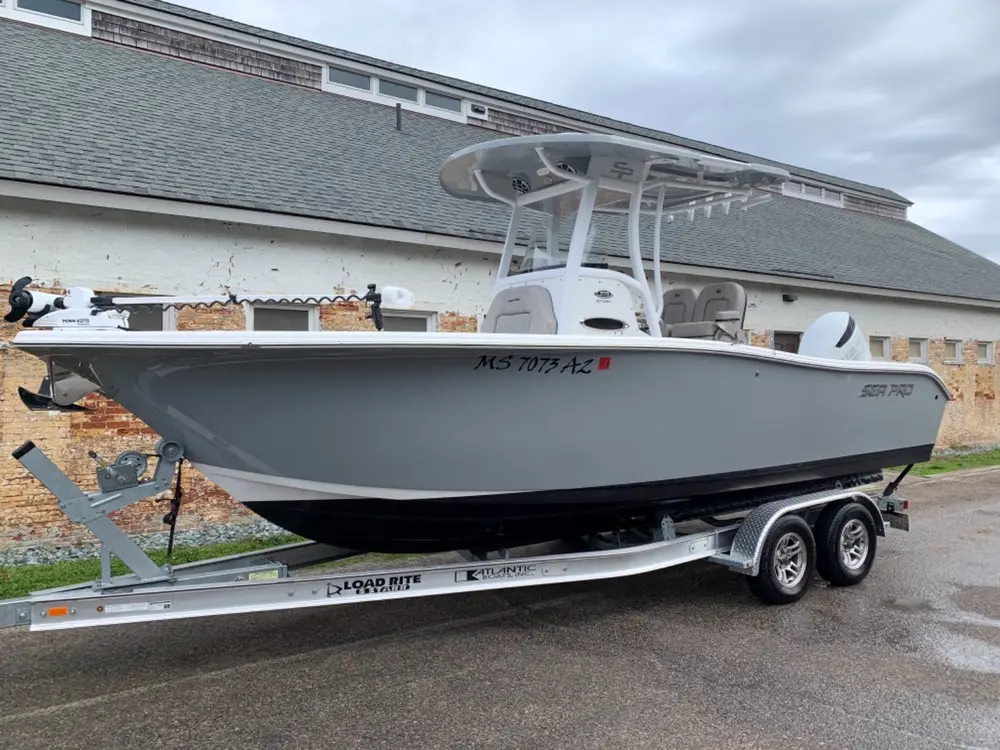
Factors to Consider When Choosing a Trolling Motor
Choosing the right trolling motor can make a big difference in your fishing experience. There are several factors to consider when selecting a trolling motor, including thrust and horsepower, shaft length and diameter, battery life and capacity, and control options. Let’s take a closer look at each of these factors to help you choose the best trolling motor for your needs.
- Thrust and Horsepower: Thrust and horsepower are two important factors to consider when choosing a trolling motor. Thrust measures the amount of force the motor can generate to move the boat through the water. The higher the thrust, the more power the motor has and the faster it can move the boat. Horsepower is another measure of motor power and is usually indicated on gas-powered motors. A higher horsepower motor will provide more power and speed, but will also consume more fuel.
- Shaft Length and Diameter: The shaft length and diameter of a trolling motor are important considerations to ensure that it is properly installed on your boat. The shaft length should be long enough to keep the propeller submerged in the water, even in rough water conditions. The diameter of the shaft should also be appropriate for the size and weight of your boat, as well as the type of water you will be fishing in.
- Battery Life and Capacity: Electric trolling motors rely on batteries for power, so it’s important to consider the battery life and capacity when choosing a trolling motor. Battery life will depend on the size and capacity of the battery, as well as the amount of power the motor requires. It’s important to choose a battery with enough capacity to provide sufficient power for your needs, while also considering the weight and space requirements on your boat.
- Control Options: Trolling motors can be controlled in several ways, including foot pedals and handheld remotes. The type of control option you choose will depend on your personal preference and the type of fishing you will be doing. Foot pedals offer hands-free operation, which can be important for fishing, while handheld remotes allow for more flexibility and mobility. It’s important to choose a control option that is comfortable and easy to use for your needs.
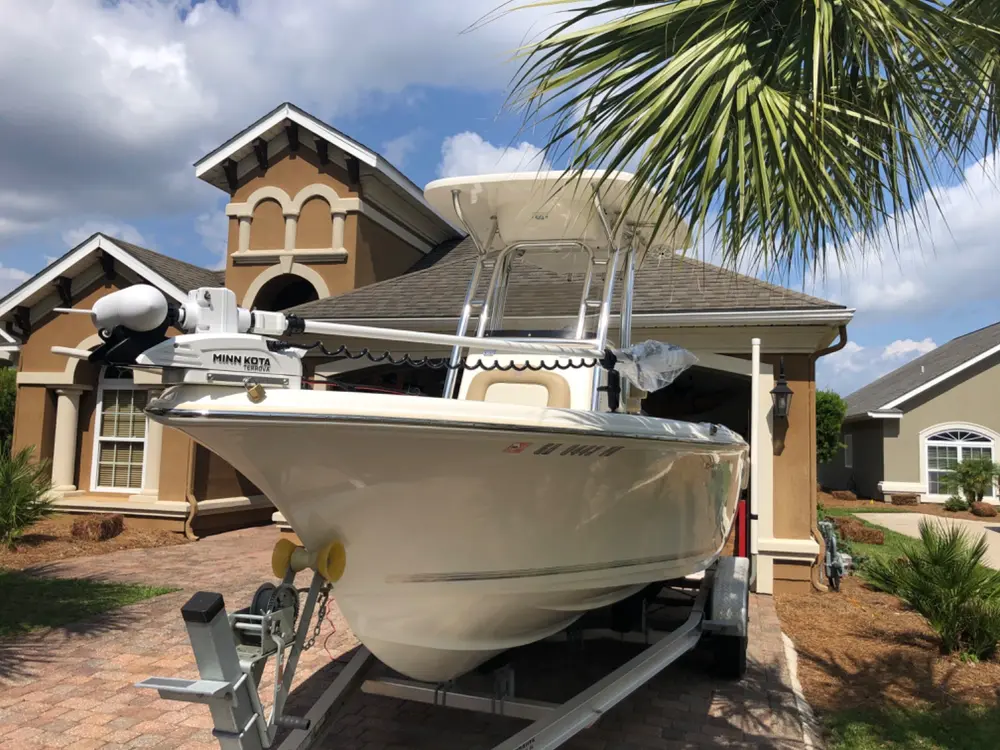
Leading Manufacturers Of Trolling Motors
There are several leading manufacturers of trolling motors, each with their own unique features and technologies. Some of the most popular and reputable brands include:
- Minn Kota – Minn Kota is a well-known brand that offers a wide range of trolling motors for freshwater and saltwater use. Their motors feature advanced technologies like digital maximizer, which helps to conserve battery life, and i-Pilot, which provides precision GPS control.
- MotorGuide – MotorGuide is another popular brand that specializes in trolling motors for freshwater and saltwater fishing. Their motors feature technologies like variable speed control and wireless foot pedals for easy operation.
- Newport Vessels – Newport Vessels is a newer brand that has quickly gained popularity for their affordable and reliable trolling motors. Their motors feature durable construction and easy-to-use controls.
- Watersnake – Watersnake is a brand that offers a variety of trolling motors for freshwater and saltwater use. Their motors are known for their quiet operation and efficient power consumption.
- Garmin – Garmin is a brand that is well-known for their GPS technology, and they offer a line of trolling motors that feature advanced GPS features like autopilot and chartplotting.
Benefits of Using a Trolling Motor
A trolling motor is a valuable tool for any angler, offering a range of benefits that can help improve your fishing experience. Trolling motors are designed to provide precise speed and directional control, operate quietly and reduce fatigue during long days on the water. Let’s take a closer look at some of the key benefits of using a trolling motor.
- Quiet Operation: One of the primary benefits of using a trolling motor is its quiet operation. Unlike gas-powered motors, electric trolling motors produce little to no noise, which can help avoid scaring off fish and make for a more enjoyable fishing experience. The quiet operation of a trolling motor can also reduce noise pollution and environmental disturbance in the water.
- Precise Speed and Directional Control: Trolling motors offer precise speed and directional control, which can be important for maintaining your position while fishing or navigating through tricky water conditions. With a trolling motor, you can adjust your speed and direction quickly and easily, allowing you to focus on fishing or enjoying the scenery without worrying about steering the boat.
- Improved Fishing Results: Using a trolling motor can help improve your fishing results by allowing you to maintain a steady speed and direction while fishing. This can be especially useful when fishing in areas with strong currents or wind. With precise control over your speed and direction, you can position your boat exactly where you want it to be and increase your chances of catching fish.
- Reduced Fatigue: Trolling motors can also help reduce fatigue during long days on the water. With the hands-free operation, you can take breaks from steering the boat and focus on fishing or relaxing. This can help reduce strain on your arms and back and make for a more comfortable and enjoyable day on the water.
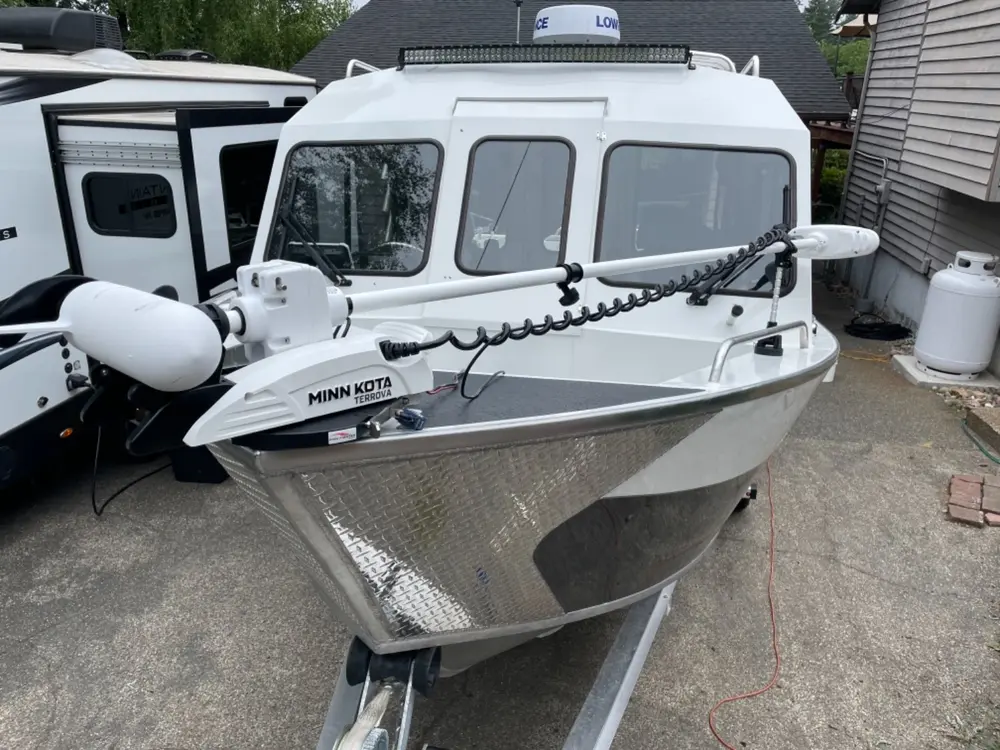
Maintenance and Care of Trolling Motors
Trolling motors are an investment in your fishing experience, and with proper care and maintenance, they can provide years of reliable use. Regular cleaning and lubrication, battery maintenance, and winterizing can all help extend the life of your trolling motor and keep it running smoothly. Let’s take a closer look at some of the key maintenance and care tips for trolling motors.
- Cleaning and Lubrication: Regular cleaning and lubrication are important for keeping your trolling motor in good working order. Saltwater and other contaminants can build up on the motor, causing corrosion and reducing its efficiency. Use a soft brush and mild detergent to clean the motor, and be sure to rinse it thoroughly with fresh water. Apply a marine lubricant to the moving parts of the motor to prevent rust and ensure smooth operation.
- Battery Maintenance: The battery is an essential component of an electric trolling motor, so it’s important to take care of it. Keep the battery charged and use a battery maintainer to prevent overcharging and extend the battery life. Check the battery terminals regularly for corrosion and clean them with a wire brush if necessary. Replace the battery if it no longer holds a charge or shows signs of damage.
- Winterizing Tips: If you live in an area with cold winters, it’s important to properly winterize your trolling motor to prevent damage from freezing temperatures. Remove the battery and store it in a cool, dry place. Clean the motor and apply a protective coating of marine lubricant to prevent corrosion. Store the motor in a dry, protected area, and cover it with a tarp or other protective covering to keep out moisture and debris.
By following these maintenance and care tips, you can help extend the life of your trolling motor and ensure that it performs reliably for years to come.
Conclusion
In conclusion, a trolling motor can be a valuable addition to your fishing setup, offering benefits like quiet operation, precise speed and directional control, improved fishing results, and reduced fatigue. When choosing a trolling motor, it’s important to consider factors like thrust and horsepower, shaft length and diameter, battery life and capacity, and control options to ensure you get the right motor for your needs.
To keep your trolling motor in good working order, be sure to perform regular maintenance and care like cleaning and lubrication, battery maintenance, and winterizing. By taking good care of your trolling motor, you can help ensure that it provides years of reliable use and enjoyable fishing experiences.
In summary, whether you’re a seasoned angler or a beginner, a trolling motor can be an excellent investment. With its many benefits and features, a trolling motor can help take your fishing experience to the next level. We hope this article has been helpful in providing you with some key insights and recommendations for choosing and maintaining a trolling motor. Happy fishing!
- 11 Boat Salvage Yards in Texas – January 18, 2025
- 7 Boat Salvage Yards in Michigan – January 15, 2025
- Fire Hose SOLAS Requirements, Regulation 10: Ensuring Maritime Safety – January 9, 2025




